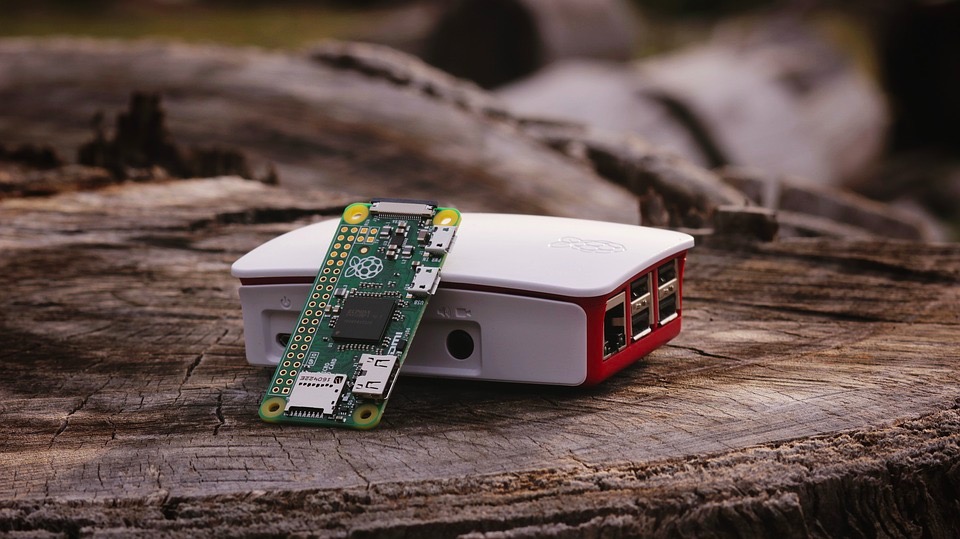I am often asked by parents what tools they can put in their children’s hands to get them learning technology. Here are some of my favorites:
Scratch: Scratch is a programming tool from MIT. It’s intended to teach young people the basics of programming. Everything is done by dragging and dropping code blocks into place to create games. Scratch is so easy that I’ve even used it to teach 4-6th graders how to make simple games. One of my favorite features of Scratch is that you can see the code behind others’ games and even ‘remix’ the game to make your own variant. You can find Scratch online at scratch.mit.edu.
Raspberry Pi: The Raspberry Pi is an amazing tool. A small computer roughly the size of a credit card, it’s cheap and fun to play with. More advanced tech students can learn Linux, Python, or interact with their own custom electronics hardware. A Raspberry Pi can be purchased from Amazon or countless other vendors. Excellent kits exist for less than $100 that include the Pi, a case, a beginners guide, power supply, and electronic parts to tinker with. This is an excellent kit for a tech nerd or electronics enthusiast.
Micro:Bit: The Micro:Bit is an amazing sub-$20 hardware board that is easy to program and fun to tinker with. This platform is one of my favorites because it’s easy to work with – including a simple graphical interface to program the chip. Not only that, it’s the only platform I’ve worked with that didn’t require any special software or drivers to get up and running. The Micro:Bit includes lights, buttons, various sensors, and even a bluetooth radio. This is a must-have for young makers.
Arduino: The Arduino board has been around for some time now. Widely used in robotics and maker projects, it is quickly becoming ubiquitous. While it’s not as easy to work with as the Micro:Bit, it’s a more appropriate for bigger projects. Arduino boards are programmed with C++, which is heavily used in lower-level hardware projects. Not only are there a variety of different Arduino boards available, but there are also Arduino clones that add additional features. One such example is the Make:Block which aims to make things simpler by creating various components that integrate with a Make:Block board through a typical phone cable.
Learning any of the above will enable your child (or you) to both have fun and learn technology!
